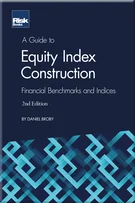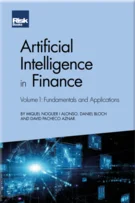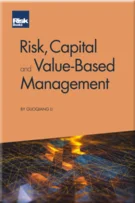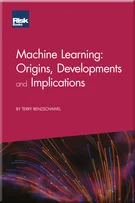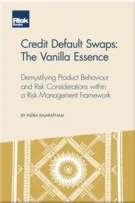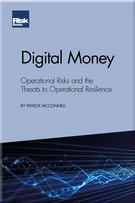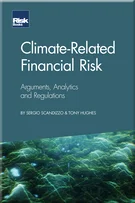Risk Aggregation, Dependence Structure and Diversification Benefit
Benefit Roland Bürgi, Michel Dacorogna and Roger Iles
Integrating Stress-Testing Frameworks
Stress Tests, Market Risk Measures and Extremes: Bringing Stress Tests to the Forefront of Market Risk Management
Credit Cycle Stress Testing Using a Point-in-Time Rating System
Stress-Testing Credit Value-at-Risk: a Multiyear Approach
Stress Testing the Impact of Group Dependence on Credit Portfolio Risk
Hedge the Stress: Using Stress Tests to Design Hedges for Foreign Currency Loans
Survey of Retail Loan Portfolio Stress Testing
Stress Tests for Retail Loan Portfolios
Stress-Testing Banks’ Credit Risk Using Mixture Vector Autoregressive Models
Uncertainty, Credit Migration, Stressed Scenarios and Portfolio Losses
Worst-Case and Stressed Correlations in the Asymptotic Single Risk Factor Model
Risk Aggregation, Dependence Structure and Diversification Benefit
Stress-Testing Credit Distributions of Banks’ Portfolios: Risk Structure and Concentration Issues
Time-Varying Correlations for Credit Risk: Modelling, Estimating and Stress Testing
Macro Model-Based Stress Testing of Basel II Capital Requirements
Risk Tolerance Concepts and Scenario Analysis of Bank Capital
Basel II-Type Stress Testing of Credit Portfolios
Insurance and reinsurance live and die from the diversification benefits or lack of it in their risk portfolio. The new solvency regulations allow companies to include diversification in their computation of risk-based capital (RBC). The question is how to really evaluate those benefits. To compute the total risk of a portfolio, it is important to establish the rules for aggregating the various risks that compose it. This can only be done through modelling their dependence. It is a well known fact among traders in financial markets that “diversification works the worst when one needs it the most”. In other words, in times of crisis the dependence between risks increases. Experience has shown that very large loss events almost always affect multiple lines of business simultaneously. September 11, 2001, is an example of such an event: when the claims originated simultaneously from lines of business that are usually uncorrelated, such as property and life, at the same time that the assets of the company were depreciated due to the crisis on the stock markets. In this chapter, we explore various methods of modelling dependence and their influence on diversification benefits. We show
Copyright Infopro Digital Limited. All rights reserved.
As outlined in our terms and conditions, https://www.infopro-digital.com/terms-and-conditions/subscriptions/ (point 2.4), printing is limited to a single copy.
If you would like to purchase additional rights please email info@risk.net
Copyright Infopro Digital Limited. All rights reserved.
You may share this content using our article tools. As outlined in our terms and conditions, https://www.infopro-digital.com/terms-and-conditions/subscriptions/ (clause 2.4), an Authorised User may only make one copy of the materials for their own personal use. You must also comply with the restrictions in clause 2.5.
If you would like to purchase additional rights please email info@risk.net

